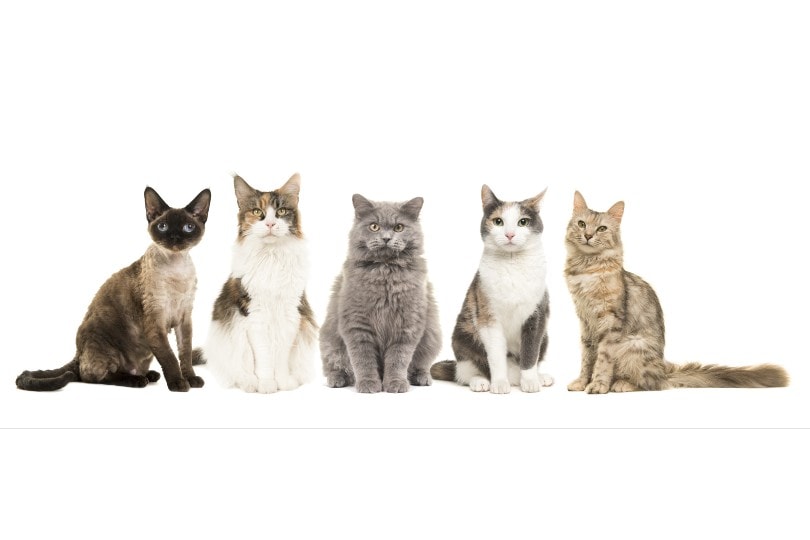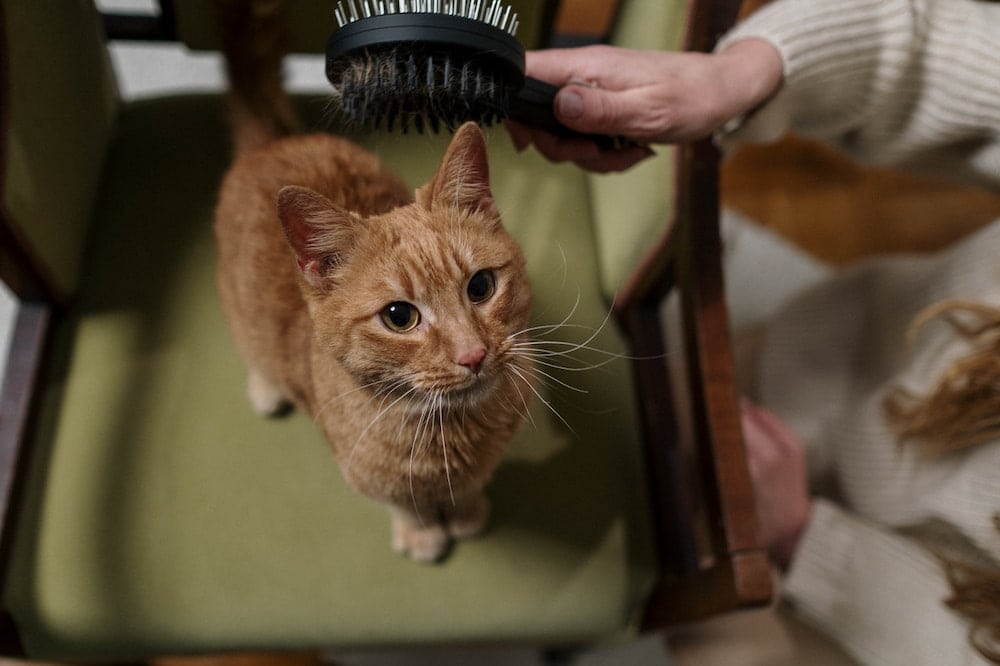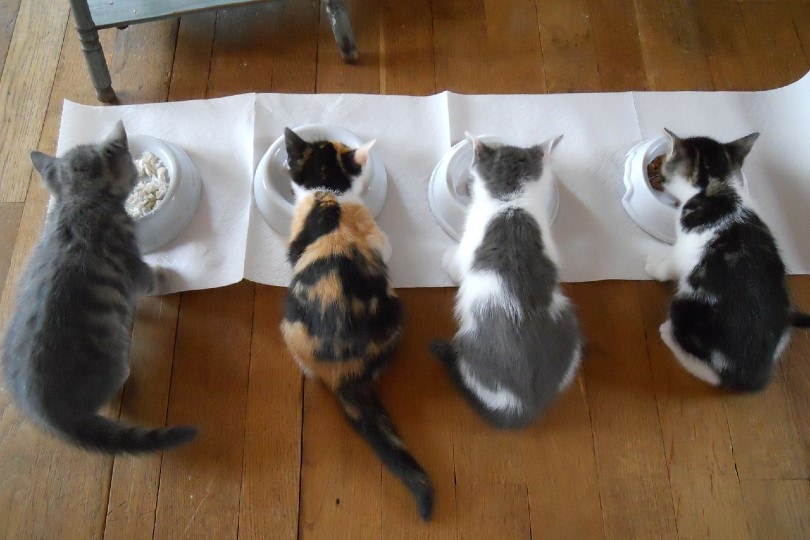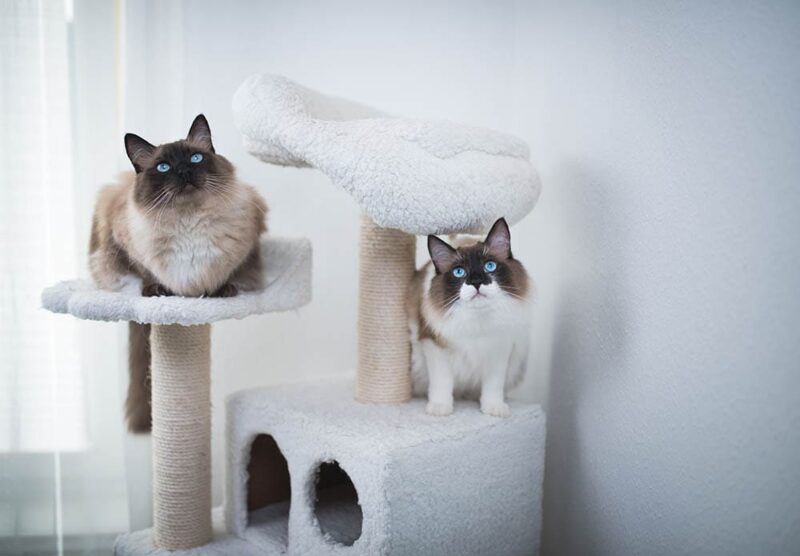We’ve all seen and heard stories about a “crazy cat lady.” We all love felines, and we want to help them. Some of us are obsessed with their little faces, soft fur, and comforting purrs.
Providing a cat with an amazing home full of love is an absolute joy, but is there a limit to how many cats you can have in your home in the state of Arizona? The answer is no.
According to AZ Central, “Maricopa County does not limit the number of cats as long as the homeowner can take care of them.”1 A spokesperson from the Arizona Governor’s office states there is no pet-limit law in Arizona.2
If you are renting, then you may be subject to specific rules regarding your tenancy.

How Many Are Too Many?
While there is no law restricting the number of pets you can own, that does not mean you pack your home to the brim with cats or dogs. You may house as many pets as you can care for, and that number will vary from person to person.
If you can provide sufficient food, shelter, and water (and lots and lots of love) to your cat, you are good to go.

How Many Cats Can Your Home Handle?
Part of your responsibility as an animal lover and pet owner is to provide a safe and loving environment where you can support your cat or cats. Here are some guidelines that may help you decide how many felines are suitable for your home.
1. What Can You Afford to Spend?
When taking care of a cat, you need to be able to provide them with food and supplies. Take into account all possible expenses such as their preferred food, veterinary health care (routine care, wellness checkups, and unplanned emergencies), toys, cat litter, cat boxes, and even possible cat sitting expenses.

2. Can You Give Each Cat a Good Quality of Life?
Cats need love as much as they need food, water, and shelter. If you have multiple cats in your household, can you give every single cat the love and affection they individually need? Some felines need more attention than others, and some cats require different forms of affection. Your time and resources dictate the quality of life you can give your cat or cats.
3. Do You Have Space for the Cats?
Whether you are adding a new cat into your mix or simply trying to make it work with your current cat family, you need to make sure you have enough space. If you have more than one cat, you need to ensure your cats have multiple ways to escape each other and have places to hide if they feel the need to have their own space. If you live in a studio bedroom apartment, having five cats could become a living nightmare.

How to Help if You Cannot Take in Another Cat
You can care for a feral colony, if you know where strays shelter together, by providing food, shelter and blankets. You can also volunteer at the animal shelter. Most shelters love it when you come by and socialize with their sheltered cats. Animals in shelters need love and affection too, and it’s hard for workers to give each cat the attention they deserve.
If you are more interested in event planning, you can organize a fundraiser or help an already established fundraiser or organization dedicated to helping cats. There is also always the option to educate others about cat welfare, cat overpopulation issues, and the importance of spaying or neutering your cats.
No matter what options lay before you, there are multiple paths for helping cats.
Conclusion
There are currently no laws in Arizona restricting the number of cats that you can own. However, that doesn’t mean that you should own as many cats as you want. You should only own as many cats as you can reasonably care for, whether that be one or five. Remember that your responsibility as a cat owner is to provide your cat or cats with the best quality of life, so you shouldn’t continue to get cats if you know that the quality of life of the cats in your care is going to suffer.
Related Reads:
Featured Image Credit: Nils Jacobi, Shutterstock










